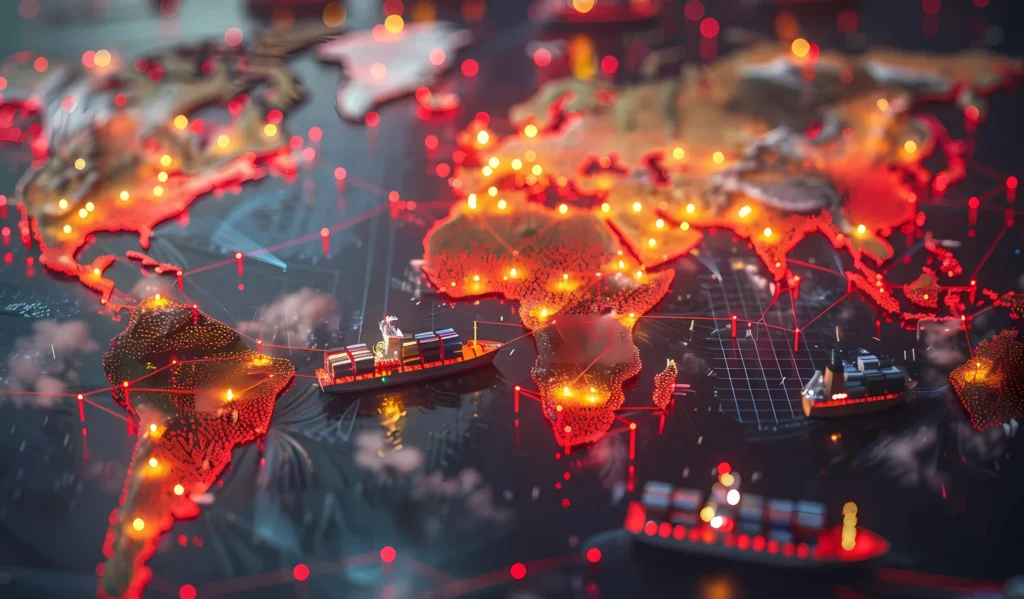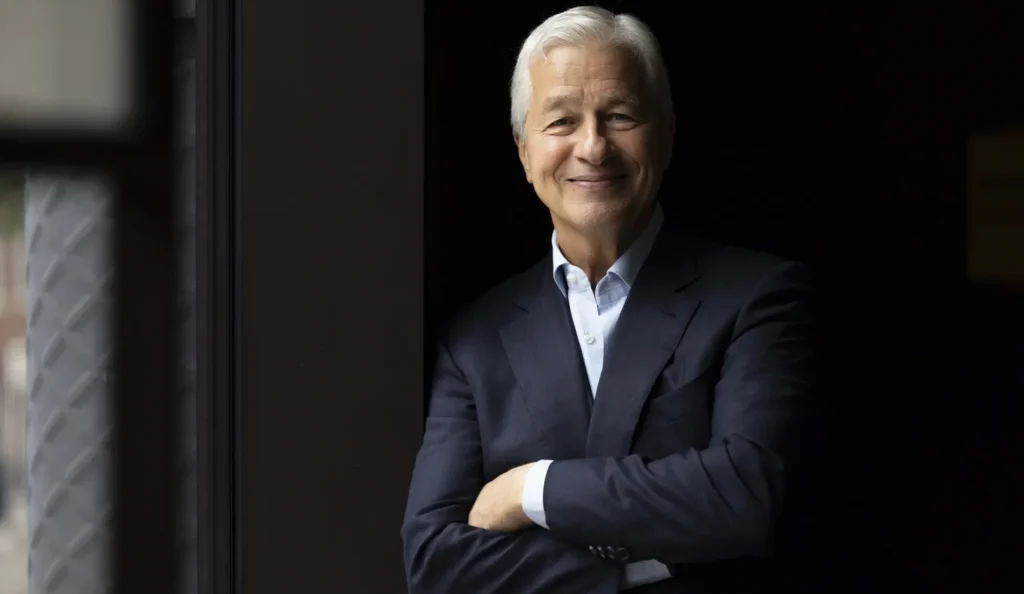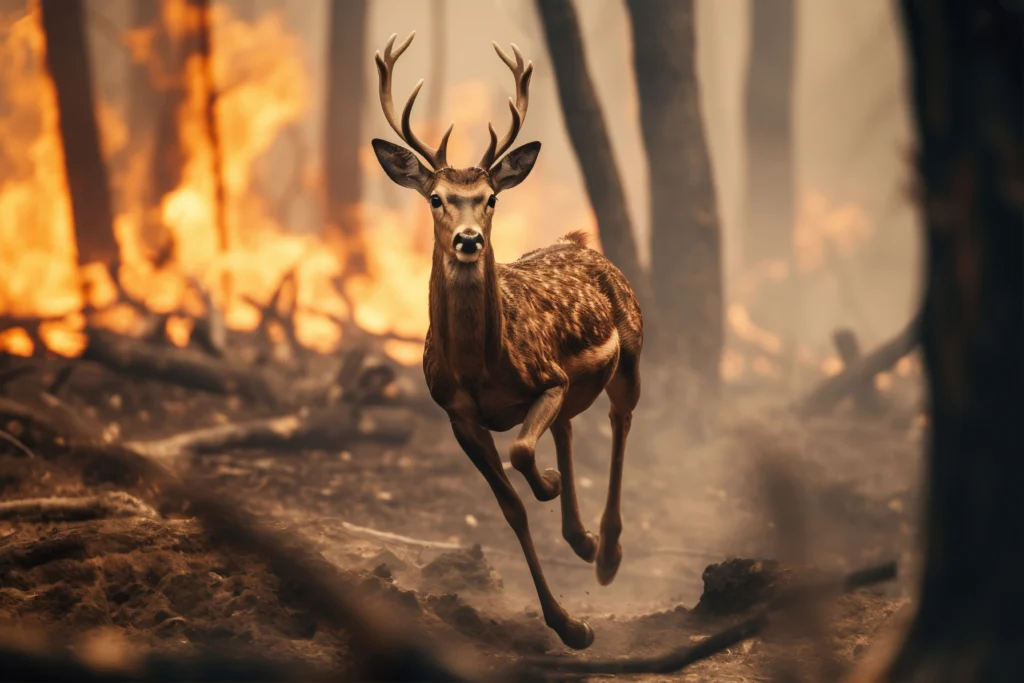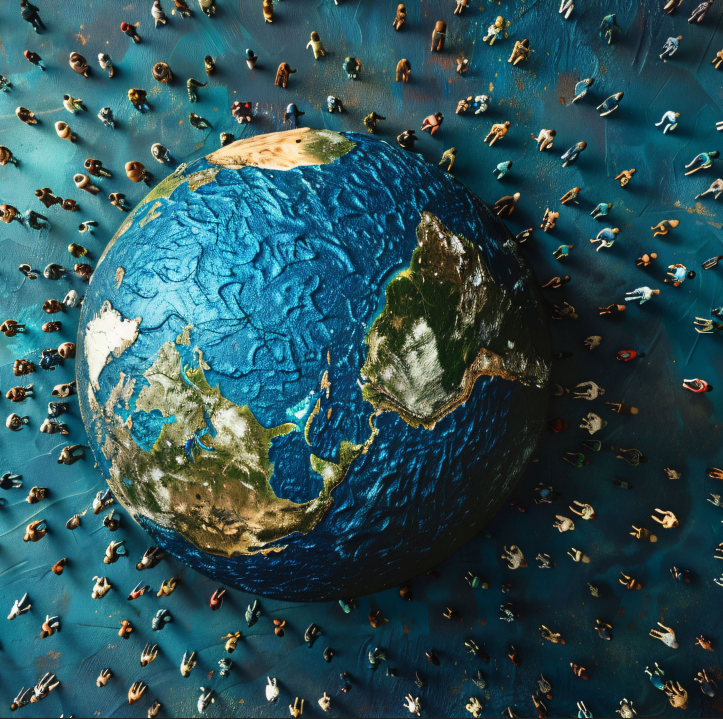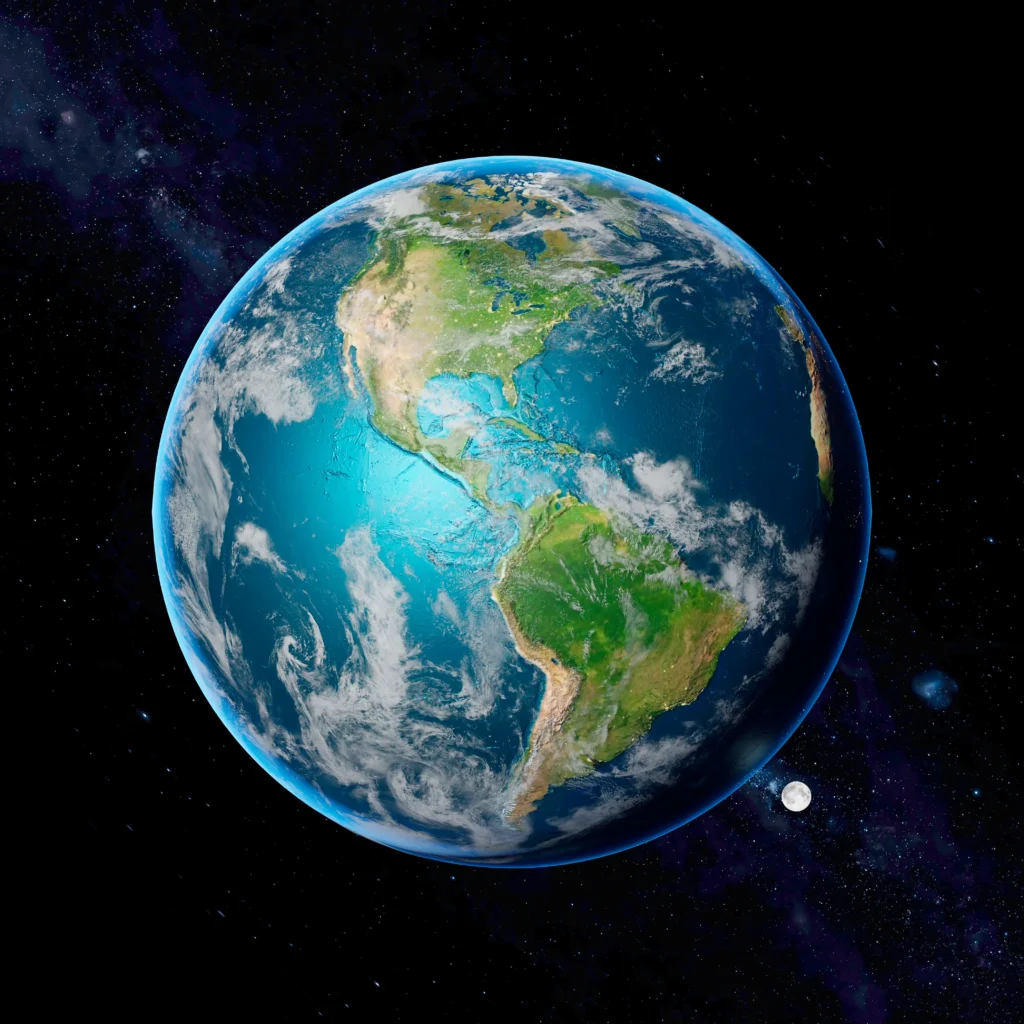Geopolitics and Market Volatility
Geopolitics and Market Volatility By Sidra Asif In today’s interconnected global economy, political events and international relations have become major determinants of market stability and investor sentiment. The interplay between domestic politics, global conflicts, trade negotiations, and fiscal policymaking now has immediate and far-reaching implications for financial markets and business confidence. The past few years have vividly demonstrated this dynamic, as markets across the world have been rocked by political decisions, shifting alliances, and fiscal unpredictability. This article explores how geopolitics drives market volatility with a particular focus on three interrelated developments: the United Kingdom’s fiscal and political uncertainty, the evolving landscape of global trade relations with emphasis on the UK’s outreach to India, and the growing political instability in Europe. Together, these forces illustrate how political risk has re-emerged as a dominant theme shaping business strategies and market behavior in 2025. UK Political and Fiscal Uncertainty Few economies in the developed world have faced as persistent a period of political and fiscal turbulence as the United Kingdom. Since the 2016 Brexit referendum, the country has been navigating a series of structural economic adjustments, political realignments, and policy experiments. The current debate leading up to the Autumn Budget has intensified market anxiety as questions around taxation, business incentives, and public spending weigh heavily on investor sentiment. The UK government’s Autumn Budget has become a focal point for both domestic and international observers. Markets are acutely sensitive to the direction of fiscal policy, especially after years of fluctuating economic strategies that have alternately prioritized austerity, stimulus, and now fiscal consolidation. The debate over whether to scrap or reform business rates, a key demand from small and medium-sized enterprises, has underscored the tension between supporting growth and maintaining fiscal discipline. Many SMEs argue that the current business rate system is outdated and punitive, especially in an era where online commerce has eroded traditional high-street retail. However, the government faces limited fiscal headroom to implement major tax reforms. The Treasury’s challenge is compounded by rising debt servicing costs and stagnant productivity growth, creating a perception that the UK is locked in a low-growth, high-tax equilibrium. Financial markets are aware of this dilemma. In recent months, gilts and sterling have both shown sensitivity to fiscal announcements, with investors recalling the turmoil of the 2022 mini-budget that triggered a sharp sell-off in UK assets. Analysts warn that any perception of fiscal recklessness or political infighting could quickly erode market confidence once again. Recent surveys indicate a crisis of confidence among UK SME leaders, many of whom cite political uncertainty as their primary concern. The Federation of Small Businesses has reported declining optimism among its members, driven by concerns about inflation, energy costs, and inconsistent government policy. For smaller firms, which rely on stable demand and predictable regulation, political volatility translates directly into risk. The uncertainty over the UK’s post-Brexit trading environment adds another layer of complexity. While the government has touted new trade opportunities outside the EU, many businesses still face non-tariff barriers and supply chain frictions that hinder competitiveness. As a result, the promise of Global Britain remains, for now, more rhetorical than real for many companies. Political uncertainty depresses investment sentiment and amplifies market volatility. When fiscal policy is unpredictable, firms delay hiring and capital expenditure, while investors demand higher risk premiums on UK assets. The combined effect is slower growth and greater market sensitivity to political news, creating a self-reinforcing cycle of volatility. Global Trade Relations and Strategic Diplomacy In response to economic challenges at home, Prime Minister Keir Starmer’s administration has sought to reposition the UK globally through a renewed emphasis on trade diplomacy. His major trade delegation to India, following the conclusion of a UK-India Free Trade Agreement, marks one of the most significant steps in Britain’s post-Brexit foreign economic policy. India represents not just a vast consumer market but a critical partner in the reconfiguration of global supply chains. As geopolitical tensions reshape trade routes, particularly due to U.S.-China competition and the weaponization of trade in various global conflicts, the UK sees India as a strategic counterweight and a growth opportunity. The UK-India FTA aims to reduce tariffs, liberalize services trade, and promote bilateral investment. For British firms, access to India’s burgeoning middle class and expanding tech sector offers a path to diversification beyond the European market. Conversely, for India, the deal provides an opportunity to deepen its ties with Western economies and attract high-value investment. However, the success of this partnership depends on political stability and mutual trust. The negotiation process itself has been marked by disputes over labor mobility, data governance, and environmental standards, issues that reflect the broader tension between economic liberalization and domestic policy constraints. Trade diplomacy has increasingly become a tool for governments to manage market risk. By securing long-term trade and investment frameworks, countries can offer reassurance to markets about their growth trajectory and access to global capital. For the UK, the agreement with India signals continuity and strategic intent, both of which are critical to restoring investor confidence after years of political upheaval. Nevertheless, the impact of such trade agreements on short-term market volatility is mixed. While they can boost currency sentiment and sectoral equities, they also expose domestic markets to new forms of geopolitical risk. For example, any deterioration in India’s relations with China or internal political unrest could have spillover effects on UK investments tied to the subcontinent. Moreover, trade diplomacy cannot fully insulate the UK from broader currents of global volatility. As seen in the Russia-Ukraine conflict and tensions in the Middle East, global supply chains remain vulnerable to sudden disruptions. Energy prices, shipping costs, and commodity markets continue to respond to geopolitical flashpoints faster than policymakers can adapt. European Political Instability and Market Repercussions While the UK navigates its post-Brexit identity, Europe itself is grappling with political turbulence that threatens regional stability. The political crises unfolding in countries such as France and Germany are reverberating across currency markets and investor sentiment, creating ripple effects that extend far
